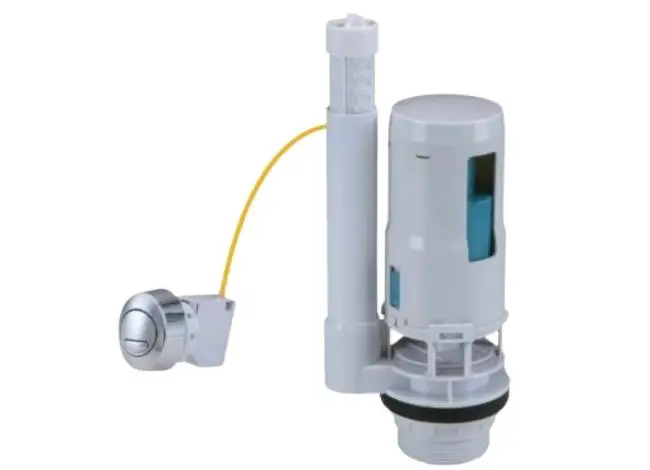What is a toilet Actuator button?
Nowadays, where we are facing an acute water shortage, it is very much necessary to save water by any means. To save water in a healthy proportion, we must be aware of the grim consequences of wasting too much water to initiate a flush. And may I present to you one of the most impactful elements in the toilet sector, the toilet Actuator Button. The actuator is mainly a tube that is connected to a hinge. It mainly administers the flow of water into the tank and maintains the actual pressure of water. The push-button actuator was primarily seen in the old toilets, where there were fewer options for monitoring the water pressure and flow.
How does the Actuator push button work?
The working mechanism of the toilet actuator button will not disappoint to amaze you every single time. In general, the tube makes a complete path for the hinge positioned in the internal outline of the flushing mechanism. There are mainly two tubes that run the Button Actuator’s overall tool. The primary tube is linked with a second tube connecting to the seal at the bottom of the tank. It administers the ample amount of water flown over this channel. The drainage seals have become the major juncture to maintain water flow into the system to the toilet bowl. When water has reached a particular drainage posture, the tank is sealed off to avoid overflowing of water in the tank. Ample vigilance must be given to prioritizing the successful operation of the actuator push button. 
Is a toilet Actuator attached to modern toilets?
A toilet actuator was mainly used in the old-fashioned American toilets. The modern-day flapper has replaced the old toilet actuator. The modern-day actuator possesses a motor, a long pivotal arm attached to the gear train, and an immense powerhouse source that is operated by the motor for rotating the motor’s shaft. The colossal flushing mechanism consists of a flapper valve, and the pivotal arm is attached to the flapper valve. A bead chain and a handle swivel are incorporated with a key arm. It is kind of like the modern-day flapper valve. The flapper is mainly triggered by the trip lever when flushing the toilet. Then the flapper is triggered by the chain that is attached to one side of the tank. The old-fashioned toilets have the actuator instead of the flapper, which served really well.
Parallel comparison between flapper and toilet Actuator:
A flapper is mainly the substitution of the old-day toilet Actuator. We have seen such hilarious differences between these two, which are discussed in a parallel manner.
- The flapper is more dynamic and can be operated through a chain attached to it. On the other hand, the actuator is secured with a hinge, but the working mechanism doesn’t have that dynamism or X-factor that the flapper has.
- The flapper is literally the upgraded version of the actuator. The aim and process of working are more or less the same of two.
- The actuator allows more water to flow into the toilet bowl. On the other hand, the flapper is quite stringent about passing the water into the toilet bowl.
- The toilets with a flapper valve seem to be more costly than those with an actuator.
Hi, this is Robert Crossan, the owner of this website, has 17 years of experience in the installation, maintenance, and repair of toilets and plumbing systems. After completing the Level 2 Basic Plumbing course in 2005, I started working in both domestic and commercial buildings as a professional plumber. So I can figure out the core difference between different toilet models and brands. It also helped me monitor their work performance and setbacks.